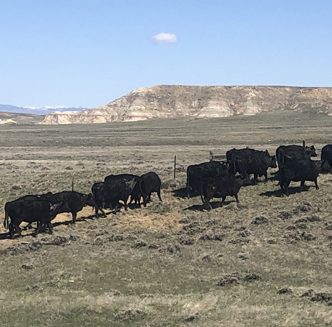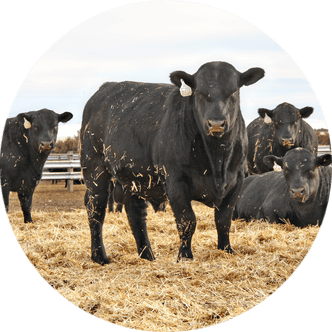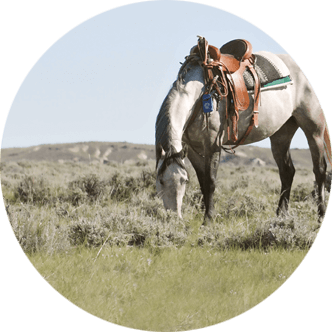Crop insurance prices for spring 2025 are set
Crop insurance will provide better risk protection for corn growers this year, leaving farmers exposed to heavier losses on soybeans and supporting ideas farmers could plant up to 94 million acres of corn in 2025.
The projected crop prices for spring are calculated based on the average daily closing prices of the 2024 November soybean or December corn futures contracts during February 2025.
These prices are a crucial element of revenue protection crop insurance, which is the type of federally-subsidized policy most commercial row crop farmer’s purchase.
For 2025 spring crop insurance, the U.S. Department of Agriculture (USDA) has set projected prices for corn at $4.70 per bushel, up from last year, while the projected price for soybeans is lower at $10.54.
Projected prices for grain sorghum are $4.72 per bushel, and spring wheat is set at $6.55 per bushel, both down from last year.
Projections and factors
According to a March 4 report by University of Illinois Department of Agricultural and Consumer Economics Professor Nick Paulson and Gary Schnitkey and Ohio State University Department of Agriculture Environmental and Development Economics Professor Carl Zulauf, producer-paid premiums on corn policies should be similar to levels in 2024, while soybean premiums will be lower.
For the same coverage level and approved yield, guarantees for corn policies will be marginally higher in 2025 than in 2024.
“Soybean guarantees will be lower because of the $1.01 lower projected price. Insurance guarantees are low compared to the 2022-23 crop years when projected prices were higher for both corn and soybeans,” states the report.
This, coupled with a higher subsidy rate for 2025, might make the Enhanced Coverage Option more appealing to producers who want to supplement their Revenue Protection or alternative individual plan coverage.
The report adds, “Settlement prices on the December 2025 corn futures contract averaged $4.70 during February, while the implied price volatility averaged 18 cents over the final five trading days in February.”
The $4.70 projected price for a bushel of corn is four cents higher than the $4.66 price for 2024 but $1.21 and $1.20 lower than the $5.91 and $5.90 projected prices for the 2023-22 crop year.
“The slightly higher projected price, along with trend yield increases in most situations, will result in marginally higher guarantees than were achievable last year,” reads the report.
According to the authors, the slightly higher guarantees will also marginally increase premium costs, as the lower volatility factor tends to lower premiums, while the net effect on corn policy premiums may vary and will tend to be relatively small.
However, according to USDA Risk Management Agency data, the November 2025 soybean futures contract had an average settlement price of $10.54 during February, and a price volatility average of 14 cents over the last five trading days of the month.
The lower projected price for soybeans will result in lower guarantees and premiums than last year, and the lower volatility factor will also lead to lower premium costs for soybean policies.
Estimates
“Farmers purchase a range of coverage, usually between 70 percent and 85 percent, along with their farm’s actual production history yield, the projected price and coverage level are used to determine a revenue guarantee,” reads a Feb. 28 DTN Progressive Farmer article by Katie Micik Dehlinger.
In the case of an 80 percent coverage policy, indemnities would begin to pay without yield losses when corn prices hit $3.76 or soybean prices dip below $8.44 per bushel.
USDA projects the average cost of growing corn will reach $871 per acre by 2025, with an anticipated trendline yield of 181 bushels per acre (bpa), this translates to a breakeven price of just $4.73 per bushel.
“Obviously, given where we are today and with a lot of weather ahead, it’s not all that attractive of a level of protection, and it would take a pretty serious drop to trigger any sort of indemnity payment,” DTN Lead Analyst Rhett Montgomery states.
Crop insurance empowers farmers to anticipate worst-case scenarios, enabling them to develop robust risk management strategies.
Montgomery mentions crop insurance acts like a put option. It provides crucial protection by covering all losses once prices hit a predetermined floor, ensuring financial stability even in challenging market conditions.
Looking forward
According to the Dehlinger, corn protection is equivalent to last year, but farmers will be responsible for a larger share of losses on soybeans.
Utilizing the USDA anticipated growth rates, if farmers grow an average of 52.5 bpa, a breakeven price will be $11.90, significantly above current market prices but nowhere near levels triggering a payment.
Montgomery mentions the low profitability of soybeans is one reason he believes early planting estimates strongly favor corn.
“The difficult thing is none of these commodities are really profitable right now,” he says. “Corn has offered the best chance to beat the close, to breakeven, compared to soybeans or spring wheat, but it’s not giving positive returns right now.”
Montgomery anticipates farmers will plant more corn acres this spring but is uncertain if they will make it to USDA’s 94-million-acre estimate and farmers are urged to watch for opportunities to lock in a higher price floor, potentially with a put option, in the April-to-June timeframe, which better aligns with seasonal highs in the market.
“Looking at data back to 1994, the December 2024 corn contract never made its high during February, and the November 2024 soybean futures contract only made its high in February once,” he adds. “The odds are still in favor of some sort of weather rally, but it’s up to farmers to be prepared to make sales when it happens.”
Melissa Anderson is the editor of the Wyoming Livestock Roundup. Send comments on this article to roundup@wylr.net.





